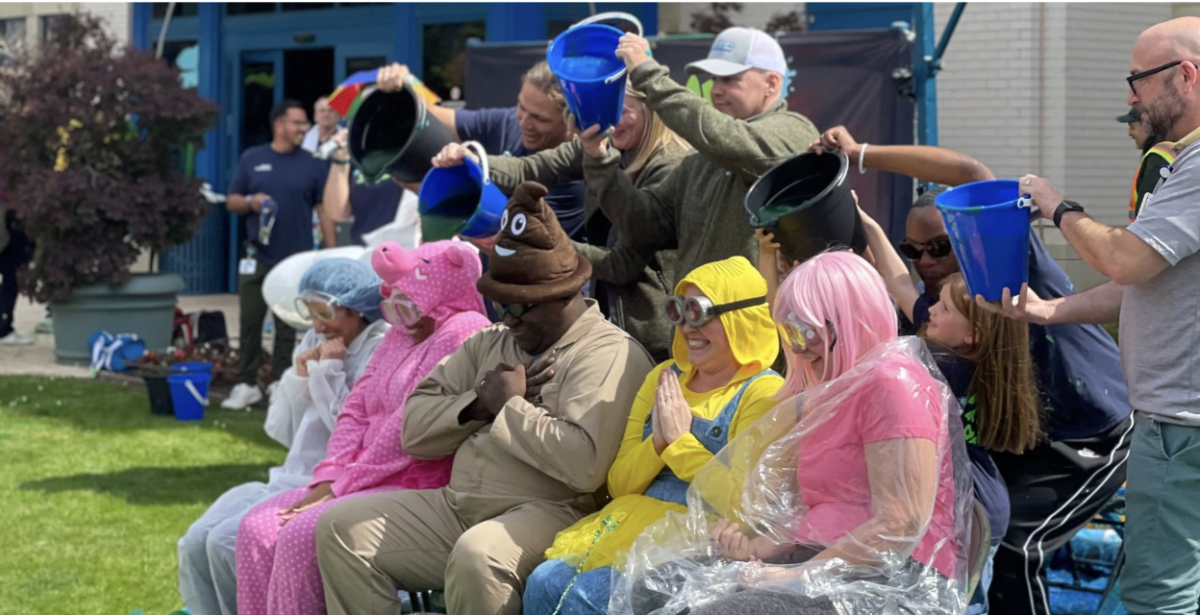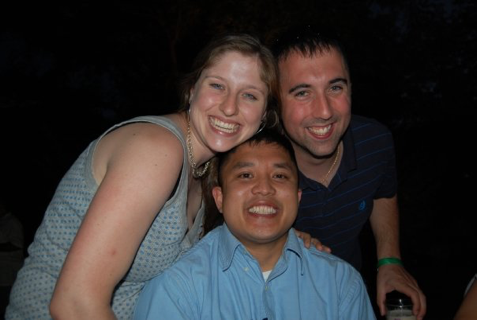Many people would agree social media sites, like Facebook and Twitter, have become a popular phenomenon in the past decade. Many people, even those who do not participate, might also agree that drinking in college is also popular phenomenon. However, the combination of the two has been linked to some serious problems for the future.
A study by the University of Washington in Seattle and the University of Wisconsin-Madison found that college students who referenced dangerous drinking on social media sites were more likely to have “clinically significant alcohol problems” than those who did not.
Associate Vice Chancellor of Student Affairs Susan Adams said she thought college students had a “learning curve” when it came to privacy on social media sites.
“[College students] think if they post something on Facebook only their friends are going to get ahold of them, and that is long gone,” Adams said.
Senior communication studies major Ryan West said she had seen many inappropriate pictures on Facebook where students were clearly “wasted” and surrounded by alcohol even though they were underage.
West also said she used to be less cautious about her posts when she was younger, but getting older has made her think about what she posts now.
“I care more about school and getting a job after I graduate, so I am more cautious about how I act in public and what I post online,” she said.
According to the National Institute on Alcohol Abuse and Alcoholism (NIAAA), which supported the study, researchers at the two universities observed over 300 public Facebook profile pages of undergraduate students at each university and then split the profiles they viewed into three categories: those with no alcohol references, those with alcohol references but no references to intoxication or problem drinking, and those that included references to “being drunk” or “getting wasted” or other problematic drinking behavior.
The researchers also invited the profile owners to complete a version of the Alcohol Use Disorders Identification Test (AUDIT). This test is used by clinicians as a screening tool to measure problem drinking.
The author of the study Megan Moreno, M.D. said [in the NIAAA article] an AUDIT score of eight or higher indicated a risk for problem drinking. The average AUDIT group scores were 4.7, 6.7, and 9.5, respectively, she said.
Adams said aside from her opinions on students publicizing those types of photos online, she is very concerned about binge drinking. She said she believed many students binge drink because they are underage and cannot legally drink at parties or bars, so they drink excessively before going out.
Freshman art history and premed double major Peyton Frank said she believed younger students binge drink because many are away from their families and on their own for the first time.
Director of Alcohol and Drug Education Sparkle Greenhaw said there are a plethora of reasons college students may drink. It could be that an individual had a family history of alcoholism, so addiction came easier, or it may be that an individual’s identity wasn’t fully developed enough to say “no”.
She said three high-risk groups are nationally identified: first-years, Greek affiliates and athletes. She was unable to say exactly why those specific three groups were identified as high-risk but agreed it could have something to do with being away from home for the first time, a budget for partying, or many other reasons.
She said the university does not focus on the “why” in dangerous alcohol situations because it differs for everyone.
“Alcohol is very individualized for people, and it spans all socioeconomic levels and races,” Greenhaw said, “There may be some trends you could look at, but, generally speaking, students tend to see college as a time to party and drink.”
Greenhaw said binge drinking, commonly referred to as high-risk drinking, typically means drinking more than four for women and five drinks for men on one occasion and drinking more than three days per week.
She said the definition had recently changed to say a person has been binge drinking when he or she is above the .08 blood-alcohol concentration level. The previous definition created a “blanket” to cover all demographics, but now people realize that aspects like weight, height and gender can affect the amount of alcohol a person can drink, she said.
Greenhaw said the university has given out the Core Alcohol and Drug Survey, the most nationally-used alcohol and drug survey, to students every two to three years to gather information on student alcohol and drug use. She said the results are taken from a sample of about 80,000 college students nationally.
Greenhaw said the last time the survey was given was 2010, and it found that approximately 46 percent of TCU students had reported binge drinking in the two weeks prior to the survey, she said. The number of students who drink has risen since 2005, but the national average of college drinkers is also about 46 percent, she said. So although the numbers have increased, the university is still at the national average.
Even though university numbers have risen, Greenhaw said about 25 percent of students are nondrinkers. This meant those students reported they had one drink or less in the past year.
Frank identifies with that category. She said it is her personal choice not to drink, but pressure to drink in college is prevalent, although she had never felt it from anyone.
“I’ve definitely seen a lot of peer pressure, and people just think ‘that’s what college kids do,’ so they do it,” Frank said. “It’s never really made me feel uncomfortable. Of course I don’t judge anybody who does drink; it’s just a personal choice.”
Greenhaw wanted students to know the university’s alcohol and drug facility was a safe, nonjudgmental place and a resource for students whether they need personal help or want to talk about a friend, family member, relative, etc.



